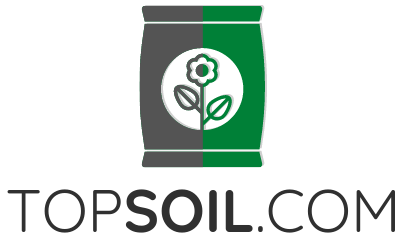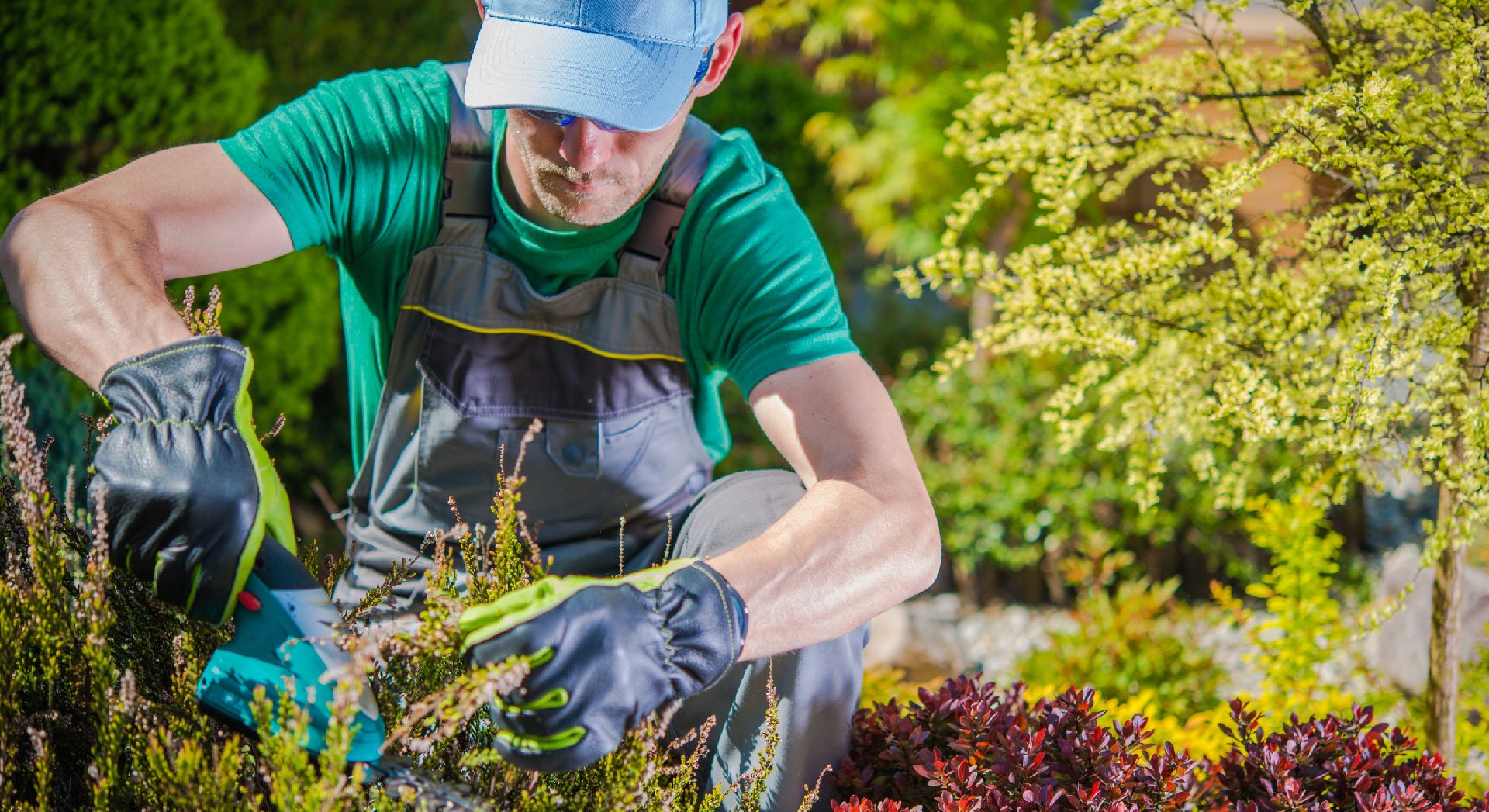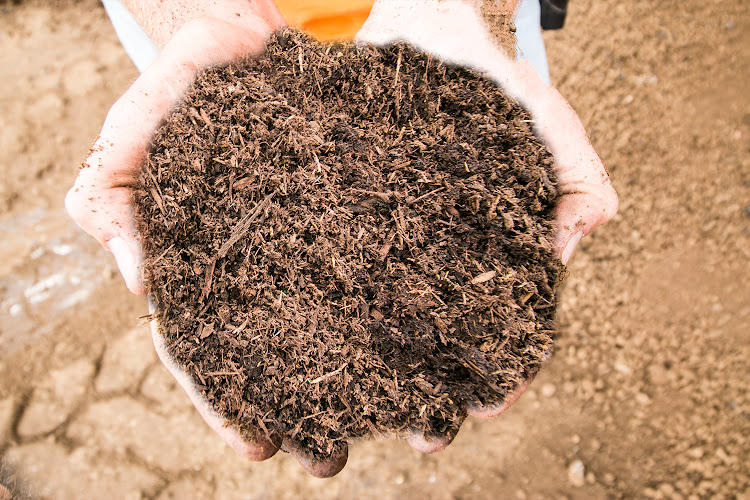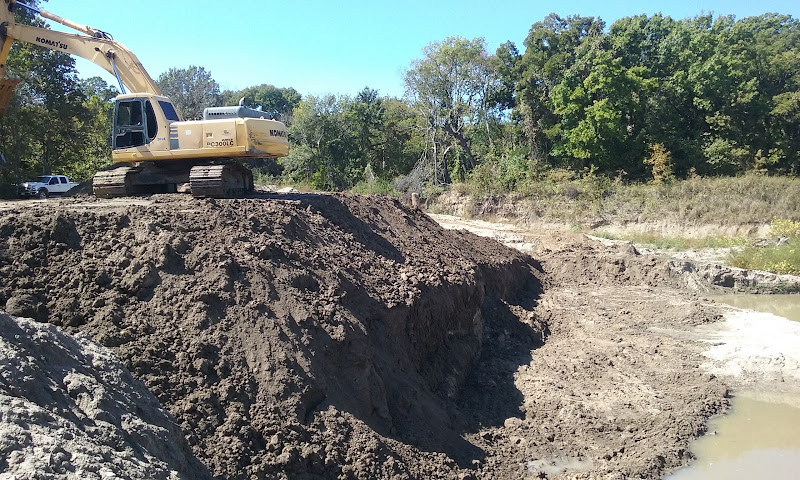The Importance of Quality Topsoil
When it comes to gardening, quality topsoil is a key component for success. Understanding the role of topsoil and its benefits can help you make informed decisions when it comes to nurturing your plants and creating a thriving garden.
Understanding the Role of Topsoil in Gardening
Topsoil is the uppermost layer of soil, typically ranging from 2 to 8 inches deep. It is rich in organic matter, microorganisms, and nutrients that are essential for plant growth. This layer of soil acts as a foundation, providing support and nourishment to your plants’ roots.
Topsoil plays several important roles in gardening. Firstly, it serves as a reservoir for water, helping to retain moisture and prevent excessive evaporation. Additionally, it acts as a buffer, regulating temperature fluctuations and protecting plants’ roots from extreme heat or cold. Moreover, topsoil provides a hospitable environment for beneficial microorganisms that aid in nutrient cycling and support plant health.
Benefits of Using High-Quality Topsoil
Using high-quality topsoil can significantly impact the success of your garden. Here are some key benefits:
- Nutrient-rich soil: High-quality topsoil is typically rich in essential nutrients like nitrogen, phosphorus, and potassium. These nutrients are vital for plant growth and development, promoting healthy foliage, robust root systems, and vibrant blooms.
- Improved soil structure: Quality topsoil contains a balanced mixture of sand, silt, and clay particles, which contribute to good soil structure. This allows for proper drainage, preventing waterlogged soil, and ensuring sufficient oxygen supply to the roots.
- Enhanced soil fertility: Topsoil that is rich in organic matter contributes to soil fertility by improving its ability to retain nutrients and moisture. This promotes better nutrient availability to plants, reducing the need for excessive fertilization.
- Promotes beneficial soil organisms: High-quality topsoil provides a favorable habitat for beneficial soil organisms such as earthworms and bacteria. These organisms contribute to the breakdown of organic matter, nutrient cycling, and the overall health of the soil ecosystem.
By recognizing the essential role topsoil plays in gardening and understanding the benefits of using high-quality topsoil, you can make informed decisions when it comes to nurturing your garden. Consider factors like soil composition, nutrient content, and pH levels when selecting topsoil for your gardening needs. For more information on where to find topsoil and tips on using and preparing it, continue reading our article on topsoil near me.
Factors to Consider When Buying Topsoil
When it comes to purchasing topsoil, there are several important factors to consider to ensure you are getting the right product for your gardening needs. These factors include soil composition and nutrient content, organic vs. non-organic topsoil, and pH levels and soil testing.
Soil Composition and Nutrient Content
The composition of the topsoil you choose plays a crucial role in the success of your garden. It’s important to assess the nutrient content and overall quality of the soil before making a purchase. Look for topsoil that is rich in organic matter, such as compost and decomposed plant material. This organic matter helps improve soil structure, promotes microbial activity, and enhances nutrient availability for your plants.
To determine the nutrient content of the topsoil, you can refer to the product label or ask the supplier for information on the soil’s composition. Nitrogen (N), phosphorus (P), and potassium (K) are essential nutrients that should be present in adequate amounts. Additionally, other micronutrients like calcium, magnesium, and iron are important for plant health. Consider conducting a soil test to assess the nutrient levels and pH of your existing soil. This will help you determine if any amendments or specific topsoil blends are needed. For more information on soil testing, refer to our article on topsoil for gardening.
Organic vs. Non-Organic Topsoil
Another factor to consider when buying topsoil is whether to choose organic or non-organic options. Organic topsoil is derived from natural sources and is free from synthetic chemicals or pesticides. It is often rich in organic matter and beneficial microorganisms, which can improve soil fertility and overall plant health. On the other hand, non-organic topsoil may contain chemical additives or have been treated with pesticides.
The choice between organic and non-organic topsoil depends on your personal gardening preferences and practices. If you follow organic gardening principles and prioritize environmental sustainability, organic topsoil may be the preferred option. However, non-organic topsoil can also be suitable for certain gardening applications. Consider your specific needs and gardening goals when making this decision.
pH Levels and Soil Testing
The pH level of your topsoil is an important consideration, as it affects nutrient availability to plants. Most plants prefer a slightly acidic to neutral pH range. Conducting a soil test can help you determine the pH of your existing soil and whether the topsoil you are considering is compatible. If your soil has an unfavorable pH, you may need to amend it or select a topsoil blend that aligns with the pH requirements of your desired plants. For more information on pH levels and soil testing, refer to our article on topsoil and compost mix.
By carefully considering the soil composition and nutrient content, organic vs. non-organic options, and pH levels of the topsoil, you can make an informed decision when purchasing topsoil for your garden. Remember to also take into account any specific gardening requirements or recommendations for the plants you intend to grow. With the right topsoil, your garden will have a solid foundation for healthy plant growth and successful gardening endeavors.
Where to Find High-Quality Topsoil
When it comes to finding high-quality topsoil for your gardening needs, there are several options to consider. Whether you prefer to shop locally or online, here are three common sources for obtaining topsoil:
Local Garden Centers and Nurseries
Local garden centers and nurseries are often go-to destinations for homeowners in search of topsoil. These establishments specialize in gardening supplies and offer a variety of soil options to meet your specific needs. The advantage of shopping at local garden centers is the opportunity to seek advice from knowledgeable staff who can guide you in selecting the right topsoil for your gardening project.
Garden centers and nurseries usually carry a range of topsoil options, including screened topsoil, topsoil blends, and even specialized mixes for raised beds or specific plant types. Additionally, they may offer bulk topsoil delivery services or the option to purchase topsoil by the bag. For more information on topsoil delivery options, check out our article on topsoil delivery near me.
Landscaping Supply Companies
Another excellent source for high-quality topsoil is landscaping supply companies. These companies specialize in providing landscaping materials, including topsoil, to homeowners and professionals alike. Landscaping supply companies often offer a range of topsoil options, including screened topsoil, compost-enriched topsoil, or custom blends.
One advantage of purchasing topsoil from landscaping supply companies is the ability to buy topsoil in bulk. This can be especially beneficial if you have a large gardening project or need to fill raised beds or landscape areas. For more information on purchasing topsoil in bulk, check out our article on topsoil in bulk near me.
Online Retailers and Marketplaces
In the digital age, online retailers and marketplaces have become increasingly popular sources for purchasing topsoil. Many reputable companies now offer the convenience of browsing and purchasing topsoil from the comfort of your own home. Online retailers often provide detailed product descriptions, including soil composition, nutrient content, and customer reviews.
When considering online purchases, it is essential to research the company’s reputation and read customer feedback before making a decision. Look for companies that provide clear information about the topsoil they offer, such as soil testing results, organic certifications, and delivery options. For more information on finding topsoil suppliers near you, check out our article on topsoil suppliers near me.
Before making a final decision on where to purchase your topsoil, it’s important to consider factors such as the quantity needed, delivery options, and return policies. By exploring these different sources, you can find high-quality topsoil that meets your gardening requirements and sets you up for success in your gardening endeavors.
Questions to Ask When Buying Topsoil
When purchasing topsoil, it’s important to gather all the necessary information to ensure you are getting a high-quality product that meets your gardening needs. Asking the right questions can help you make an informed decision. Here are three key areas to focus on when inquiring about topsoil: sourcing and production methods, delivery and transportation options, and return and refund policies.
Sourcing and Production Methods
It’s essential to understand where the topsoil comes from and how it is produced. Asking about the sourcing and production methods can provide insights into the quality and composition of the topsoil. Some questions to consider asking include:
- Where is the topsoil sourced from? Inquire about the origin of the topsoil to ensure it is obtained from reputable sources.
- Is the topsoil screened or filtered? Screening or filtering the topsoil helps remove debris, rocks, and other unwanted materials, resulting in a higher quality product.
- Are any additives or amendments used in the production process? Knowing if any additives or amendments are incorporated into the topsoil can help determine if it aligns with your gardening preferences.
By asking these questions, you can gain a better understanding of the quality and composition of the topsoil you are considering purchasing.
Delivery and Transportation Options
When buying topsoil, considering the logistics of delivery and transportation is crucial. Inquire about the available options to ensure a smooth and convenient process. Here are some questions to ask:
- Do you offer delivery services? Check if the supplier provides delivery services to your location. This can save you time and effort, especially if you are purchasing topsoil in bulk.
- What is the delivery timeframe? Inquire about the estimated delivery timeframe to plan your gardening activities accordingly.
- Is there a minimum order requirement for delivery? Some suppliers may have minimum order requirements for delivery, so it’s important to know if your purchase meets their criteria.
Understanding the delivery and transportation options will help you make appropriate arrangements and ensure a seamless experience.
Return and Refund Policies
It’s always wise to inquire about the return and refund policies when purchasing topsoil. While you strive to make an informed decision, circumstances may arise that require a return or refund. Here are a few questions to consider:
- What is the return policy for unused topsoil? Inquire about the supplier’s policy regarding returns of unused topsoil, including any associated fees or conditions.
- What is the refund policy for subpar topsoil? Understand the supplier’s policy for refunds if the topsoil does not meet your expectations in terms of quality or composition.
- Are there any warranties or guarantees for the topsoil? Some suppliers may offer warranties or guarantees on the quality or performance of their topsoil. It’s worth asking about such provisions.
By clarifying the return and refund policies, you can ensure that you have recourse if the purchased topsoil does not meet your requirements.
Asking these questions will help you make an informed decision when buying topsoil, ensuring that you receive a high-quality product that meets your gardening needs. For more information on topsoil, check out our articles on topsoil delivery near me and topsoil in bulk near me.
Tips for Using and Preparing Topsoil
To ensure successful gardening and optimal plant growth, it’s important to properly use and prepare the topsoil in your garden. Here are some essential tips to consider when working with topsoil:
Preparing Your Garden Bed
Before you start planting, it’s crucial to prepare your garden bed properly. Follow these steps to ensure a healthy growing environment for your plants:
- Clear the area: Remove any existing vegetation, rocks, or debris from the garden bed. This will provide a clean slate for your plants to thrive.
- Amend the soil: If your topsoil lacks essential nutrients or organic matter, consider adding compost or other organic amendments to enrich the soil. This will improve its fertility and drainage, creating an ideal growing environment for your plants.
- Loosen the soil: Use a garden fork or tiller to loosen the topsoil. This will help break up compacted soil and improve its structure, allowing plant roots to penetrate easily.
- Level the bed: Smooth out the topsoil to create a level surface. This will ensure even water distribution and prevent water from pooling in certain areas.
Mixing Topsoil with Existing Soil
In some cases, you may need to mix topsoil with the existing soil in your garden. This is particularly important if your existing soil lacks nutrients or has poor drainage. Follow these steps to properly mix topsoil with existing soil:
- Assess the soil: Test the existing soil for its pH level and nutrient content. This will help you determine the suitability of the soil for your plants.
- Add topsoil: Spread a layer of topsoil over the existing soil. The thickness of the layer will depend on the specific needs of your plants and the condition of the existing soil.
- Mix thoroughly: Use a garden fork or tiller to mix the topsoil and existing soil together. Ensure that the two soils are thoroughly blended to provide a uniform growing medium.
- Reassess the soil: After mixing, retest the pH level and nutrient content of the soil. This will help you identify any additional amendments or adjustments that may be necessary for optimal plant growth.
Maintaining and Caring for Your Garden Soil
To maintain healthy and fertile soil in your garden, it’s important to implement good soil management practices. Consider the following tips:
- Mulch regularly: Apply a layer of organic mulch, such as wood chips or straw, to the topsoil surface. Mulching helps conserve moisture, regulate soil temperature, and suppress weed growth.
- Practice crop rotation: Rotate your plants each growing season to prevent the buildup of pests and diseases in the soil. This practice also helps balance nutrient depletion, as different plants have varying nutrient requirements.
- Avoid excessive tilling: Over-tilling can disrupt the soil structure and deplete beneficial microorganisms. Minimize tilling to preserve the soil’s natural fertility and structure.
- Monitor soil moisture: Regularly check the moisture level of your topsoil. Proper watering is essential for plant health, and overwatering or underwatering can negatively impact the soil and your plants.
By following these tips for using and preparing topsoil, you can create an optimal growing environment for your plants and unlock the full potential of your garden. Remember to choose high-quality topsoil from reputable sources, such as local garden centers and nurseries or online retailers. For more information on where to find topsoil, check out our article on topsoil suppliers near me.





